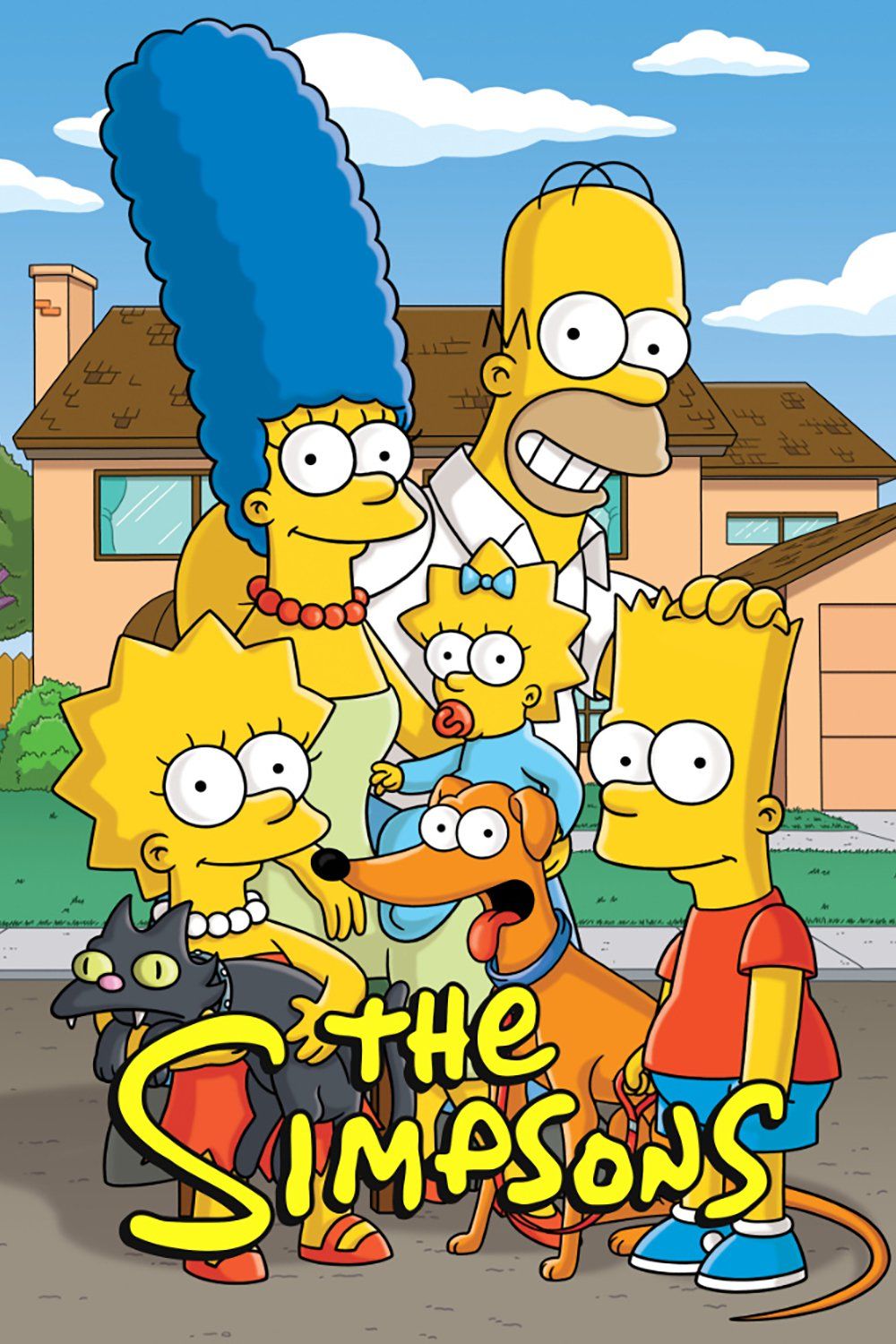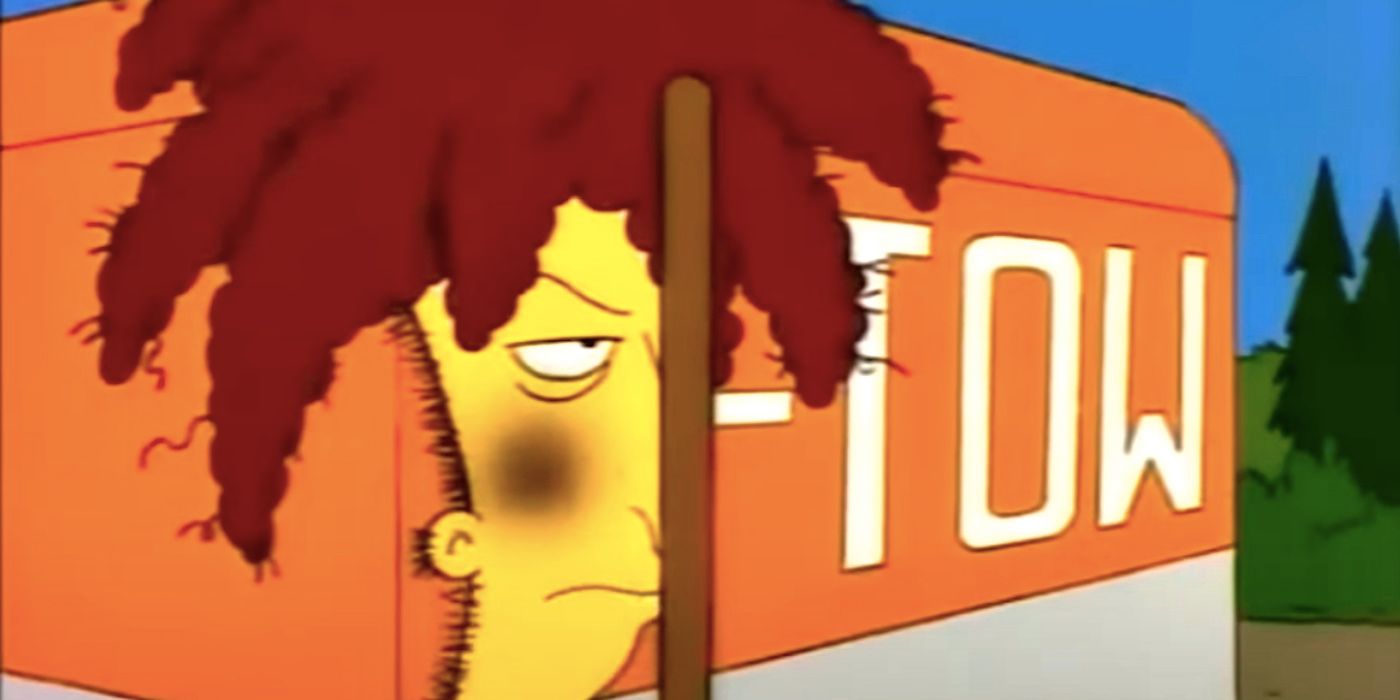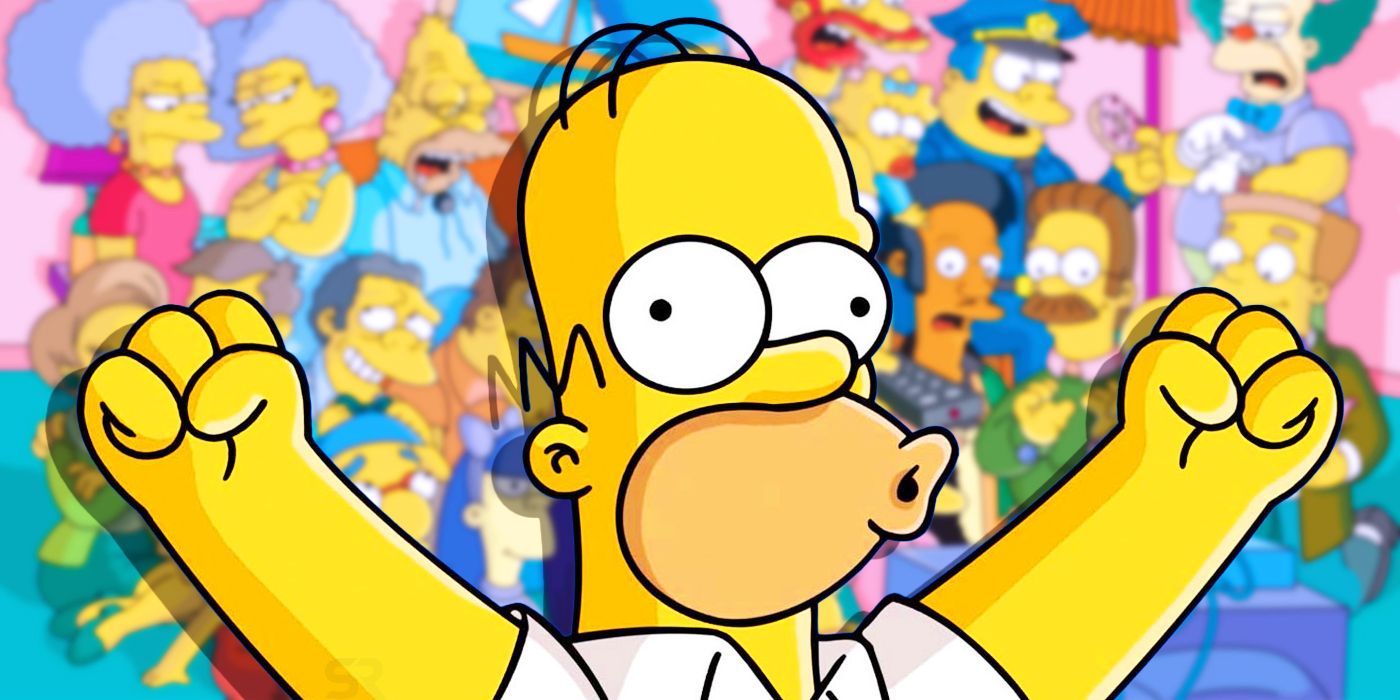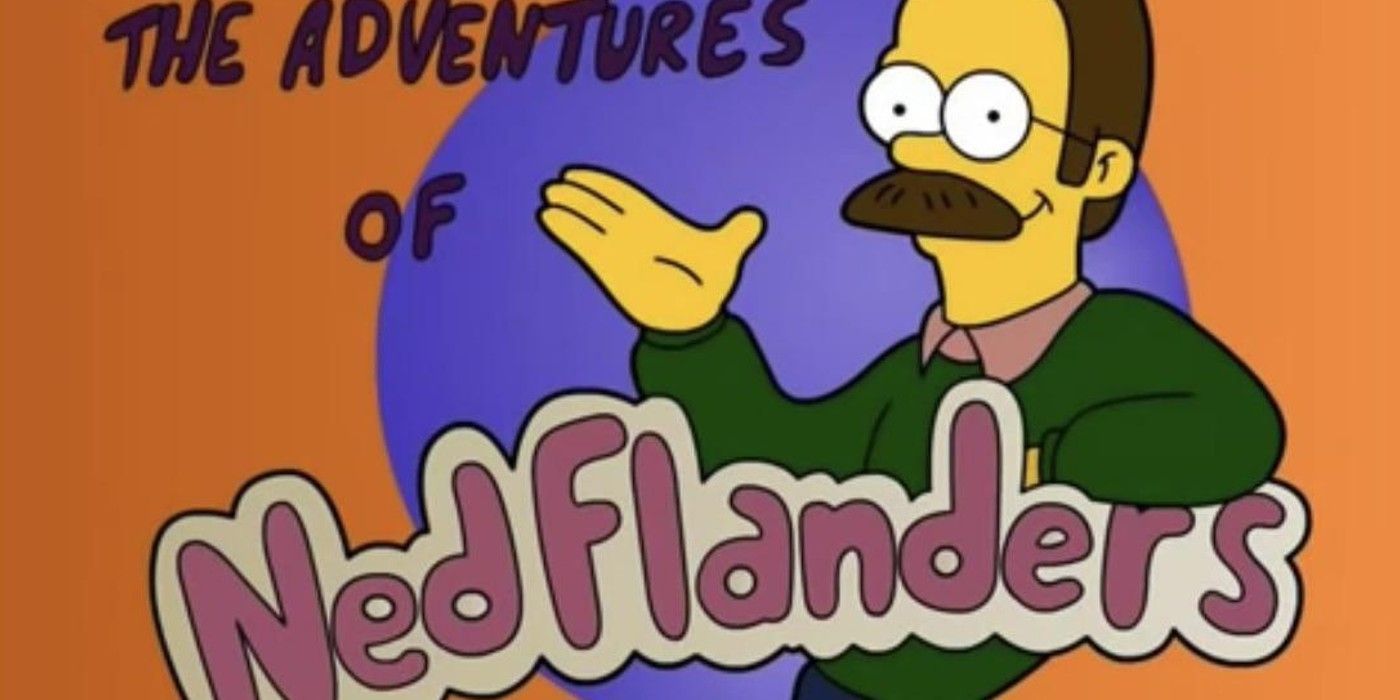The Simpsons
Summary
Even jokes that were intended as filler in Golden Age episodes ofThe Simpsonshave extend on to become influential and iconic . The Simpsonshas always enjoyed a sure degree of popularity , but the show became a on-key phenomenon during its " Golden Age . " Considered some of the best telecasting writing in history , the so - calledGolden geezerhood ofThe Simpsonsran from around time of year 3 to season 10 . Debate rages over when the Golden Age officially end , but even the most generous reviews concede that more recent season have declined in quality .
WhileThe Simpsonsseason 36could reverse that course , the show has never replicate the plaudits its Golden Age received . The piece of writing boast during that era deftly mix an array of comedic style , from large-minded slapstick to surprisingly subtle sarcasm . The Simpsons ' Golden Age intermix dozens of different influences to make an endlessly inventive trend of comedy that go on to form the meta liquid body substance of30 RockandCommunity , the subversive violation ofFamily Guy , and the warped family situation comedy stylings ofBob ’s Burgers . Even the padding used to fill up outThe Simpsons ' Golden Age episodes is now consider classic drollery .
Its cast include far-famed actors like Harry Shearer and Hank Azaria , but who take the title of respect for voicing most characters in The Simpsons ?

Two Great Simpsons Episodes Used Classic Gags As Filler
“The Front” and “Cape Feare” included famous jokes simply to make up time
The Simpsonsseason 5 , episode 2 , " Cape Feare , " is oft cited among the bestSimpsonsepisodes of all sentence . Sincethe Simpsons never age , the show has been able to keep Bart ’s squawk with Sideshow Bob alive for decades since this classic picnic air , but the malevolent clown ’s blood feud against Bart was never curious than in thisCape Fearparody . Despite this , even"Cape Feare " sport a scene that was only intended to pad out the episode ’s runtime . The iconic sequence where Bob steps on nine rakes in a words after emerging from under a automobile , shuddering after each , was actually filler .
According to executive producer and former showrunner Al Jean inThe Simpsons ' videodisc comment , the conniption was stretch out from one to nine rakes because the writer want to pad out the episode . It finally became one ofThe Simpsons ' good jokes . likewise , time of year 4 , episode 19 , " The Front , " ended with a zany sketch starring Ned Flanders . " The Adventures of Ned Flanders " engage the sequence ’s closing minute and involved Ned berating his sons for failing to attend church , only to laugh with relief when he break it is Saturday , not Sunday . Per writer Mike Reiss , this off-the-wall , yet magnificent , gag was introduced alone to bulk up the instalment ’s run clip .
The Simpsons Was Criticized For Padding
Simpsons writer Mike Reiss said these experimental gags weren’t always well-received
AlthoughThe Simpsonsseason 35 revisit " Cape Feare"years subsequently due to its condition as a buff - favorite outing , the whizz of these Golden Age episodes was not right away obvious . While the fit are now beloved , author Mike Reiss admitted in his bookSpringfield Confidentialthatmost ofThe Simpsons ' playful , experimental moments of random humor were initially met with mixed reactions . Reiss sound out that the prevail response to " The Adventures of Ned Flanders " was a resounding " what the snake pit was that ? " Despite this , accord to writer Bill Oakley , the scene afterward inspired another iconic episode .
Oakley say thatThe Simpsonsseason 7 , episode 21 , " 22 Short Films About Springfield " was inspired by the unexplored potential of " The Adventures of Ned Flanders . " The author loved the idea of standalone mini - adventures starring side character reference from the sprawl world ofThe Simpsons . Despite the motley response to the original jape , Oakley and the rest of the author ’s way used Ned ’s scene as a jumping - off power point to write " 22 Short Films About Springfield . “This iconic episode would contain one of the show ’s most democratic scenes , the " Steamed Hams " sequence .
Even Golden Age Simpsons Padding Was Influential and Iconic
Jokes like Sideshow Bob and the rakes influenced Family Guy’s drawn-out gags
Much like howThe Simpsonsoften mocked Disneyand other pop media , both the " Steamed Hams " view and " The Adventures of Ned Flanders " were parodies of classical situation comedy . Ironically , in the years since the Golden Age ended , The Simpsonsbecame more influential than the situation comedy its early time of year parodied . too - foresighted gags that derived their mood from their uncomfortable distance , like Sideshow Bob ’s rake sequence , live on to influenceFamily Guy ’s boundary - pushing anti - humor . One particularly infamous gag wherein Peter Griffin skins his genu and winces over the injury is intelligibly indebted to the cushioning of " Cape Feare . "
Similarly , American Dadtook the premise behind " The Adventures of Ned Flanders " to its logical extremewith a spoof of family sitcoms that was dark , beggarly , and more subversive than the sunny shows it drew influence from . Later , Bojack Horseman , whose creator single outThe Simpsonsas a huge influence , delved further into the grim globe cover behind the sitcom formatting . While these show hinged on the consultation ’s familiarity with mawkish sitcom trope , the Golden Age ofThe Simpsonswas spoofing classic TV comedies decades in the beginning . As a result , this era ofThe Simpsonsproduced some of television set ’s most influential comedy - even when it was just hear to replete time .



